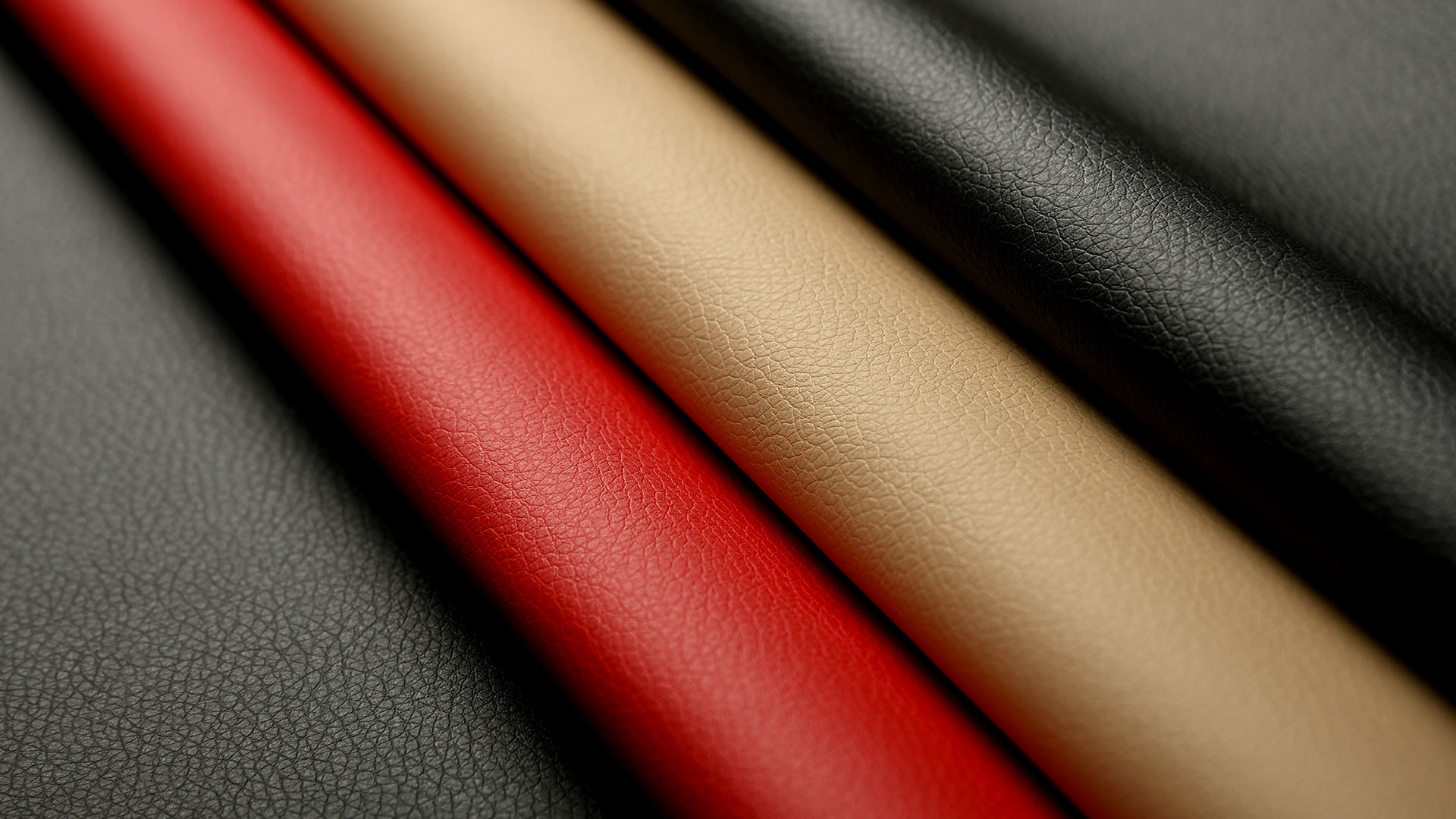What are feed additives and what are their functions?
Since the 1950s, there have been reports that adding certain antibiotics to feed promotes growth, and antibiotics have been widely used as growth promoters in feed. However, the long-term use of antibiotics has led to serious consequences, such as resistance, drug residues, and a decline in the quality of livestock products. The emergence of probiotics addresses the potential hazards of antibiotics, but for various reasons, the effects of probiotics are very unstable. Therefore, people have begun to develop safe and green feed additives that can replace antibiotics.

So, what are the feed additives?
Microecological feed additives are live bacterial preparations that work by maintaining the microecological balance in the animal's intestines. They have various functions such as promoting animal growth and development and enhancing animal immunity. They are characterized by being pollution-free, residue-free, resistant to drugs, and harmless to the environment. They are a new type of green and environmentally friendly feed additive. These probiotics for livestock and poultry contain Bacillus, Lactobacillus, Enterococcus, Bifidobacterium, yeast, and others.
Microecological feed additives have irreplaceable advantages over other drugs, namely the efficacy of 'treating diseases when sick, preventing diseases when not sick, and maintaining health when healthy.' Even healthy animals can use it to improve their health levels, and it can regulate diarrhea in both directions.
Moreover, experiments have found that it can reduce fecal odor, improve the ecological environment and meat quality, and when added to regular feed, it can remove mycotoxins from the feed. The research direction for new microecological feed additives has shifted from purely probiotics or prebiotics to more rationally structured and effective symbiotics. In recent years, microecological feed additives have gradually replaced traditional additives in livestock and poultry farming.
The Role of Nutritional Feed Additives
2. Trace Elements: They have comprehensive functions such as regulating the body's metabolism, promoting growth and development, improving carcass quality, enhancing disease resistance, and increasing feed conversion rates.
3. Amino Acids: They are the main components of proteins synthesized by pigs, and essential amino acids for pigs include more than ten types such as lysine, methionine, tryptophan, and threonine. Their main role is to compensate for the deficiency of amino acids in the feed, allowing other amino acids to be utilized, thereby saving high-quality protein feed and reducing costs.
The Role of Non-Nutritional Feed Additives
1. Health Promotion: They can inhibit the reproduction of pathogenic microorganisms, improve certain physiological processes in pigs, increase feed utilization, promote pig growth, and enhance the economic benefits of pig farming.
2. Feed Quality Protection: Certain components in feed are prone to oxidation when exposed to air or can easily deteriorate in high temperature and humidity environments. Therefore, antioxidants and preservatives are usually added to feed to effectively protect feed quality.
Latest developments







